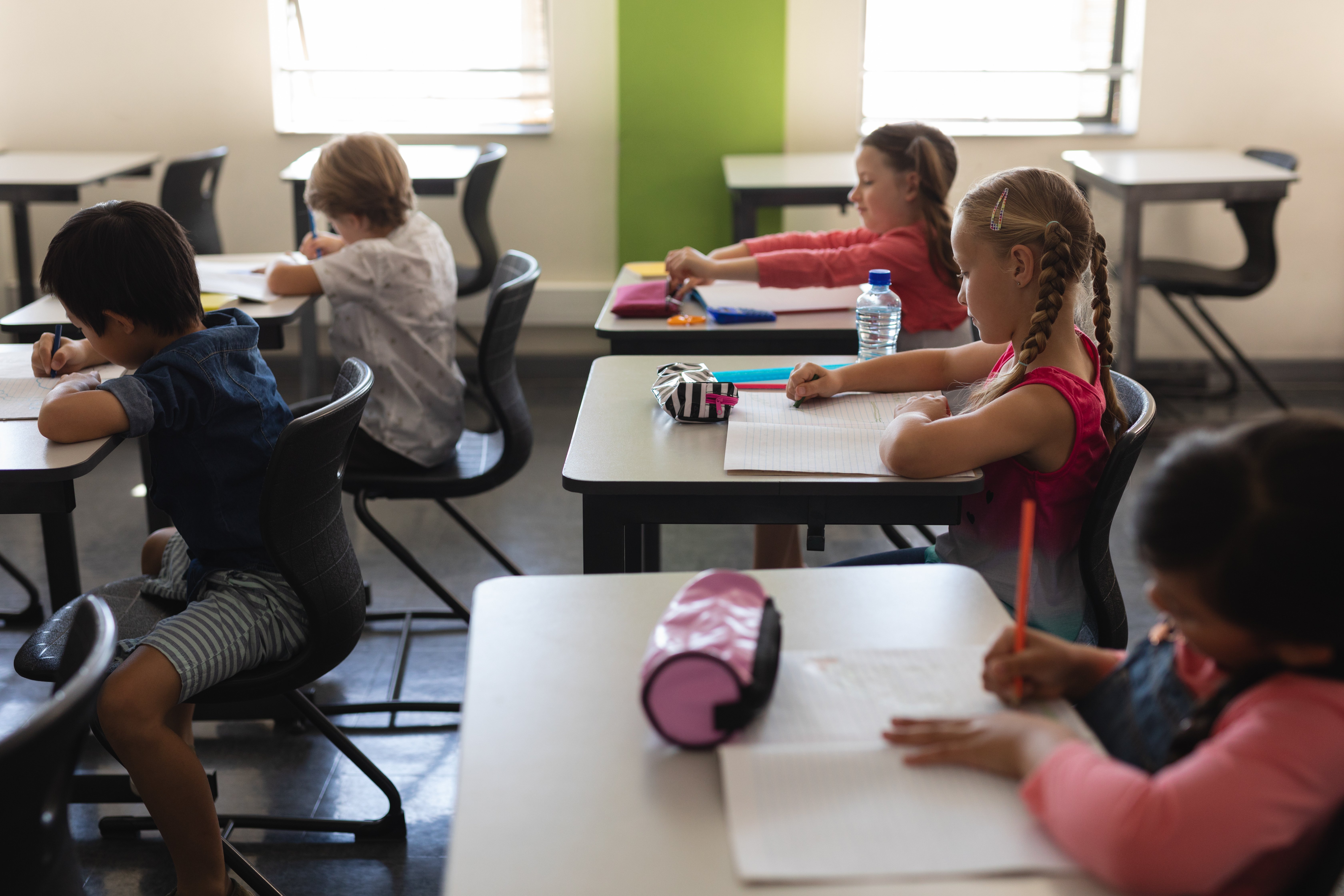In our last blog “Si Vis Pacem Para Bellum”, we talked about the concept of creating peace by preparing for war. In this blog we are going to look at the other end of the spectrum; Do No Harm. You might be asking yourself; wait a minute, how can you talk about preparing for war and doing no harm? Both of these concepts and frameworks are actually well aligned in their goals to create an environment where we can co-exist peacefully.
In preparing for war, we look at everything we should be doing in order to respond to acts of violence. In doing so, we spoke briefly about the best way to prepare for war is to take away the motivation of those who would do harm to us. This is especially true within the context of the school violence issues. While we have to objectively examine our actions on a daily basis to ensure that what we are doing everyday does not harm those around us. We have all known teachers, students, colleagues, parents, etc. who can be very harmful to those they come in contact with. Don’t be one of those people.
So let’s take a look at some of the harmful acts that are commonly seen in the school environment. As we do so, we have to understand that most of these are subjectively defined and in fact are defined by the person being harmed. As you will see, there are some overtly harmful factors listed below, but there are also some that one might see as positive attempts to prevent harm. With that, we have to look not only at the commonly perceived meaning of each of these factors, but also how some are actually administered by the school staff and others. As an example: using the restorative approach may seem to be nothing but a positive attempt to correct behavior without punishment or discipline. However, how many times are we going to attempt to change the behavior without the desired result, before we change tactics. Oftentimes, even the staff see this approach as not having any consequences and as such, the student keeps exhibiting the undesirable behaviors. So the question becomes, are we helping the student or harming our students? There is typically a continuum for which they fall and are defined. Where and how the individual defines these, is also based on different factors. Some of these defining factors include: observations, experience, perspective, tolerance, belief and value systems, the media , politics, as well as many other factors.
- Victimization
- Bullying
- Mistreatment
- Fair Treatment
- Respect
- Conflict Resolution
- Problem Solving
- Discipline
- Restorative Approaches
- Counseling
- Mental Health Intervention
Understanding the effects of these behaviors and being able to identify those effects, will allow us to support those who have been affected by one or more of these harmful behaviors. By spotting the effects of these behaviors early, we can effectively remove the motivation for violence before it ever has an opportunity to even be planted.
From a “preparing for war” perspective, there have been many instances where the way we train and the way we respond to an emergency can actually cause more trauma, trauma that could have been easily eliminated if we had just done something differently. One of the biggest factors in both reducing and increasing trauma during an emergency is seen in the level of competence that is observed during the management of the incident itself. If people are confident in our abilities to get their students and family members home as quickly as possible safely, the potential for trauma reduces significantly. Conversely, if we are not practicing everyday prevention of future trauma, by planning appropriately, training our staff correctly, implementing our risk reduction practices, and we are not confident in our ability to prevent and/or respond to an act of violence, then we are likely adding trauma much more often than we want to think.
Many of us have heard of the emotional bank theory. Where our actions contribute to the wellbeing and “emotional bank account” of those we interact with. To continue with the analogy, like most of us having different bank accounts, this holds true with our personal emotional bank account theory. I believe there are happy accounts, sad accounts, as well as trauma accounts and others. While we tend to lump these all under the larger umbrella of the “emotional account”, they likely are compartmentalized within these more specific types of accounts. If we are making deposits in these specific accounts and not addressing the other account balances, then there is likely going to be some issue in the future; this is especially true when we are specifically talking about “Trauma”. As an example: if you are causing trauma (making a deposit in the trauma account), but you are not addressing the content and/or balance of that account, the trauma within that account will likely grow.
Without going into the details, there are deposits and withdrawals from these bank accounts. While most of the account activities are overt in nature like being kind and supportive, or bullying and being exclusionary. We have to also identify when there are inactions and far less overt; witnessing an act of bullying but taking no action to prevent it and allowing it to continue, or not providing sufficient support to the victim when it is required or necessary. Another way to look at this is to imagine that you are just putting money in the bank without a plan to grow that money, or understanding there are fees and service charges. In some cases, if you don’t positively contribute to the accounts, you may soon find yourself with a zero balance because the fees and charges were much more than your interest was and you were actually losing money, not making it grow for you. Consistently monitoring your accounts and making sure you address the overall balances will go a long way to ensuring your accounts thrive and give you the highest returns possible. Okay, some of you are likely saying, “what is he talking about?” Well, I’ll leave you with this: consider each of your students at your school a separate account that you have to monitor on a regular basis and positively contribute to in order to maintain the proper balance so they can thrive and show positive results.












No Comments Yet
Let us know what you think